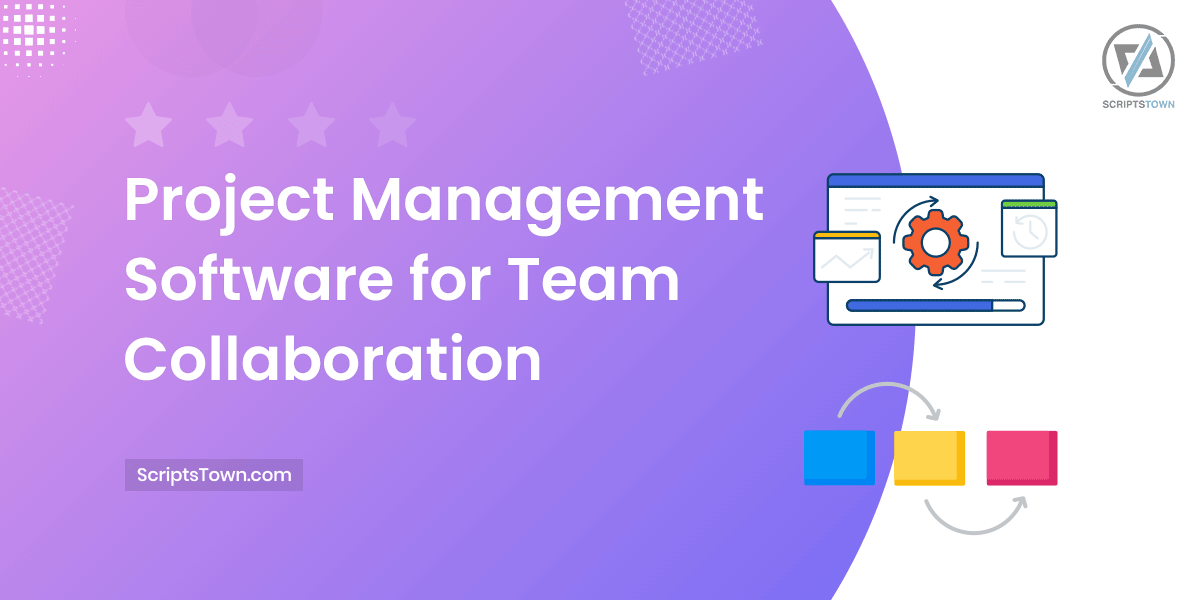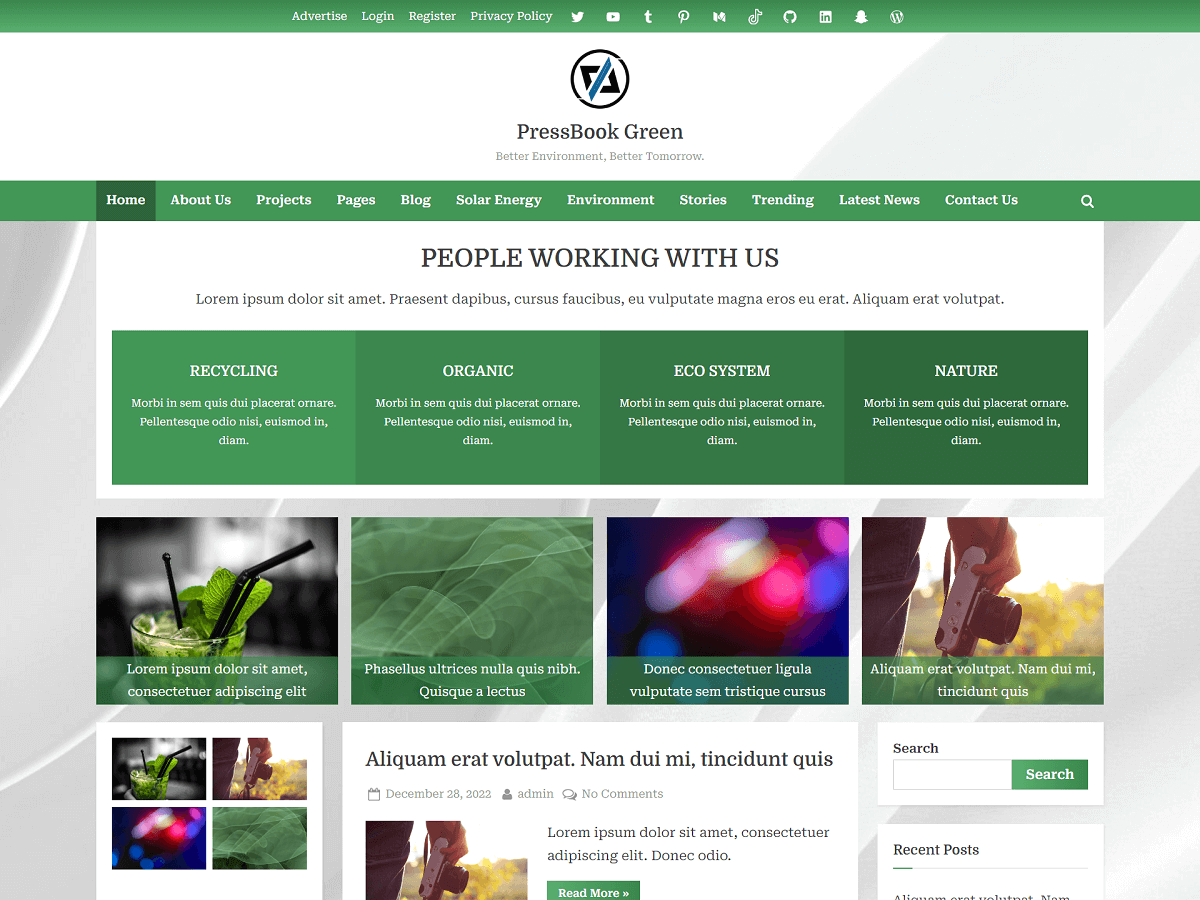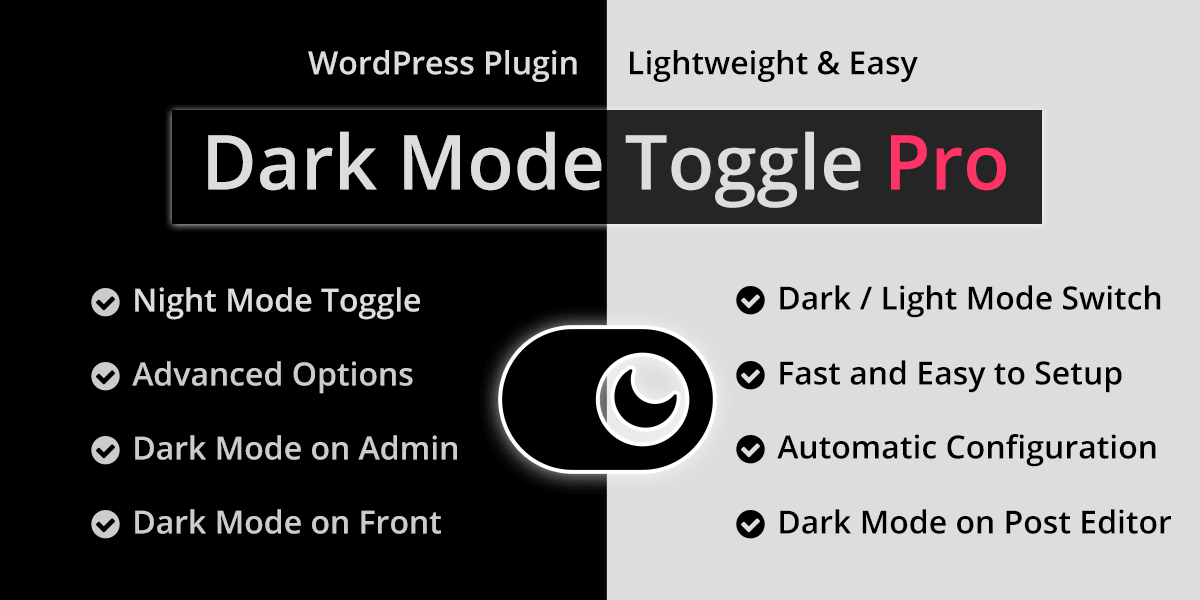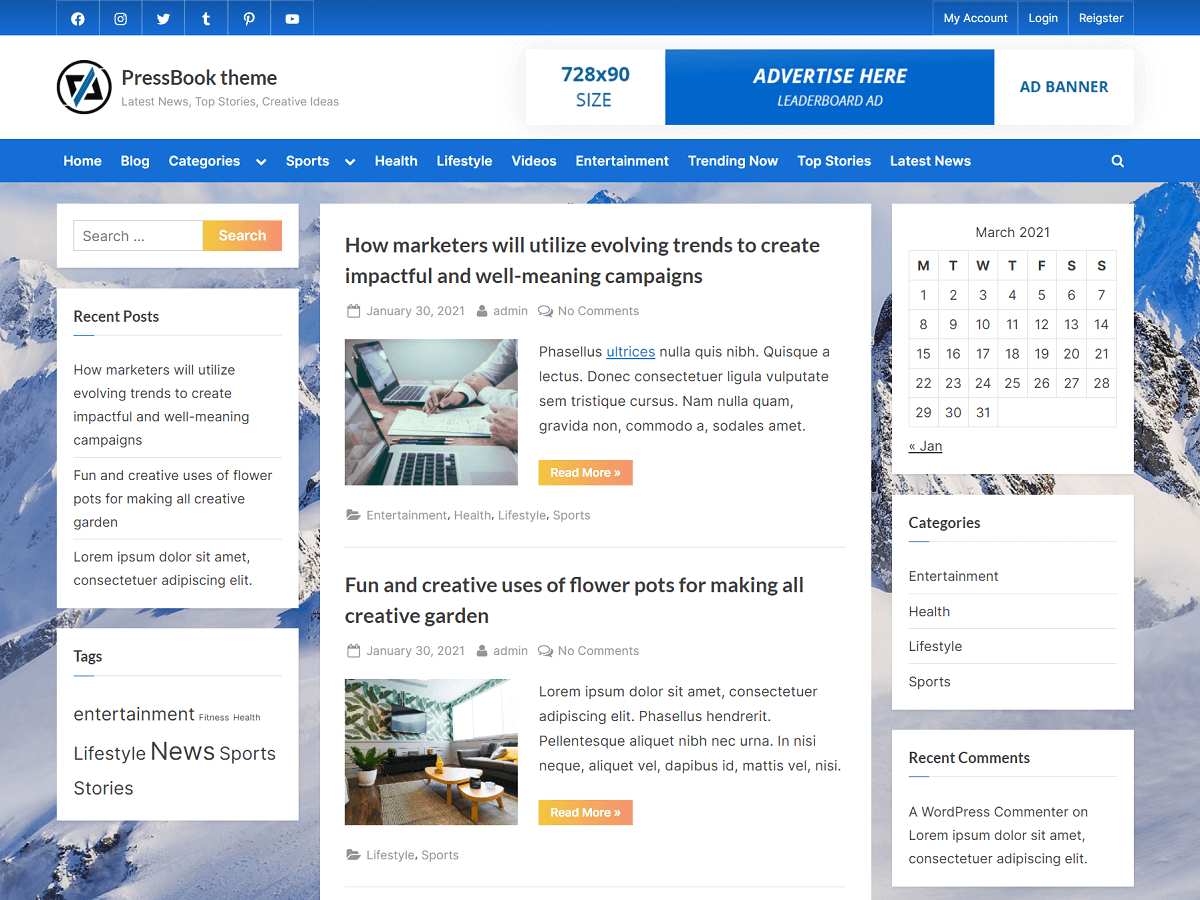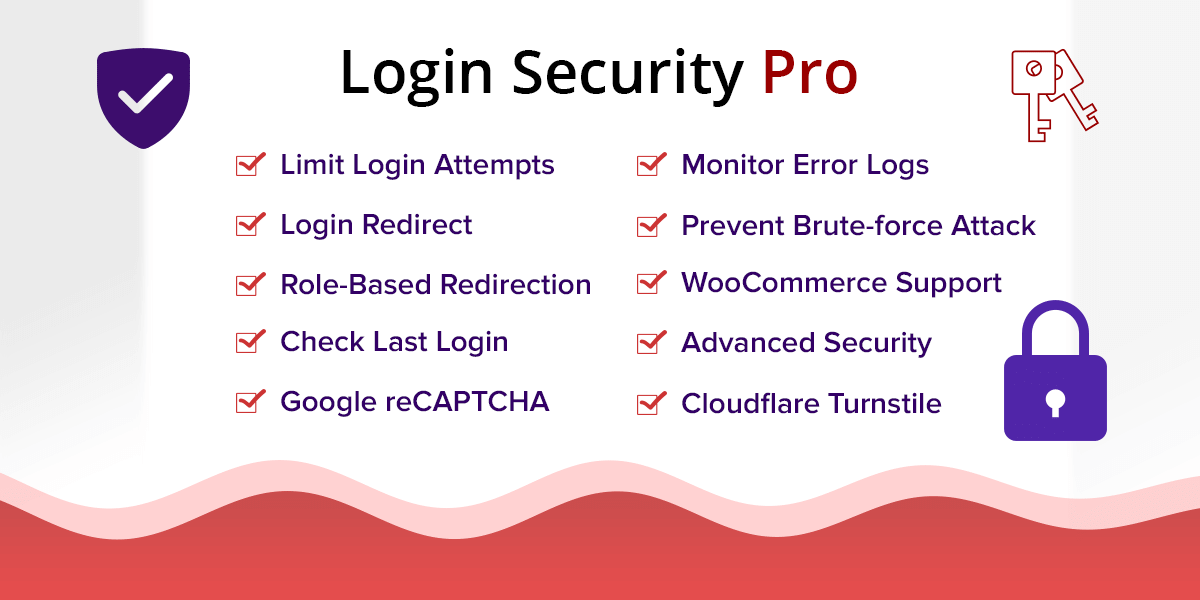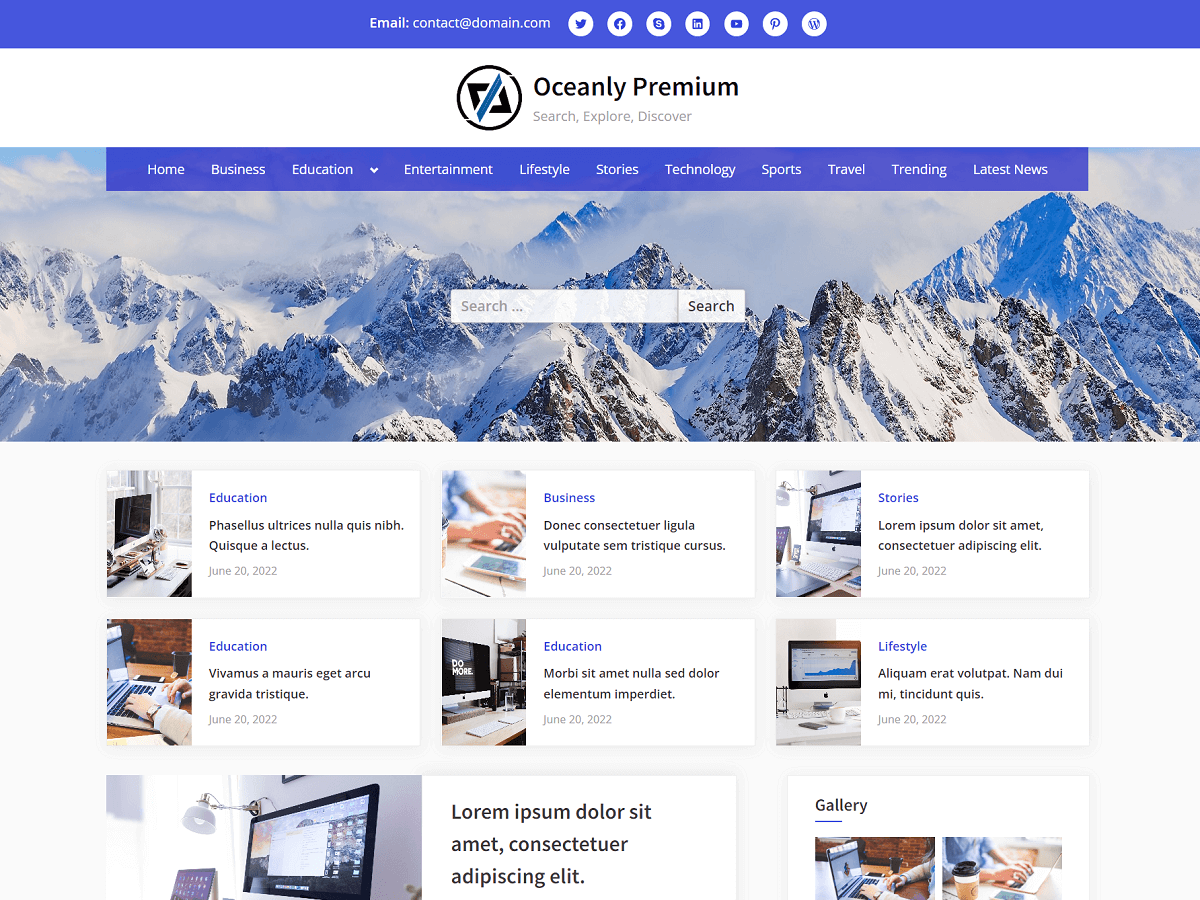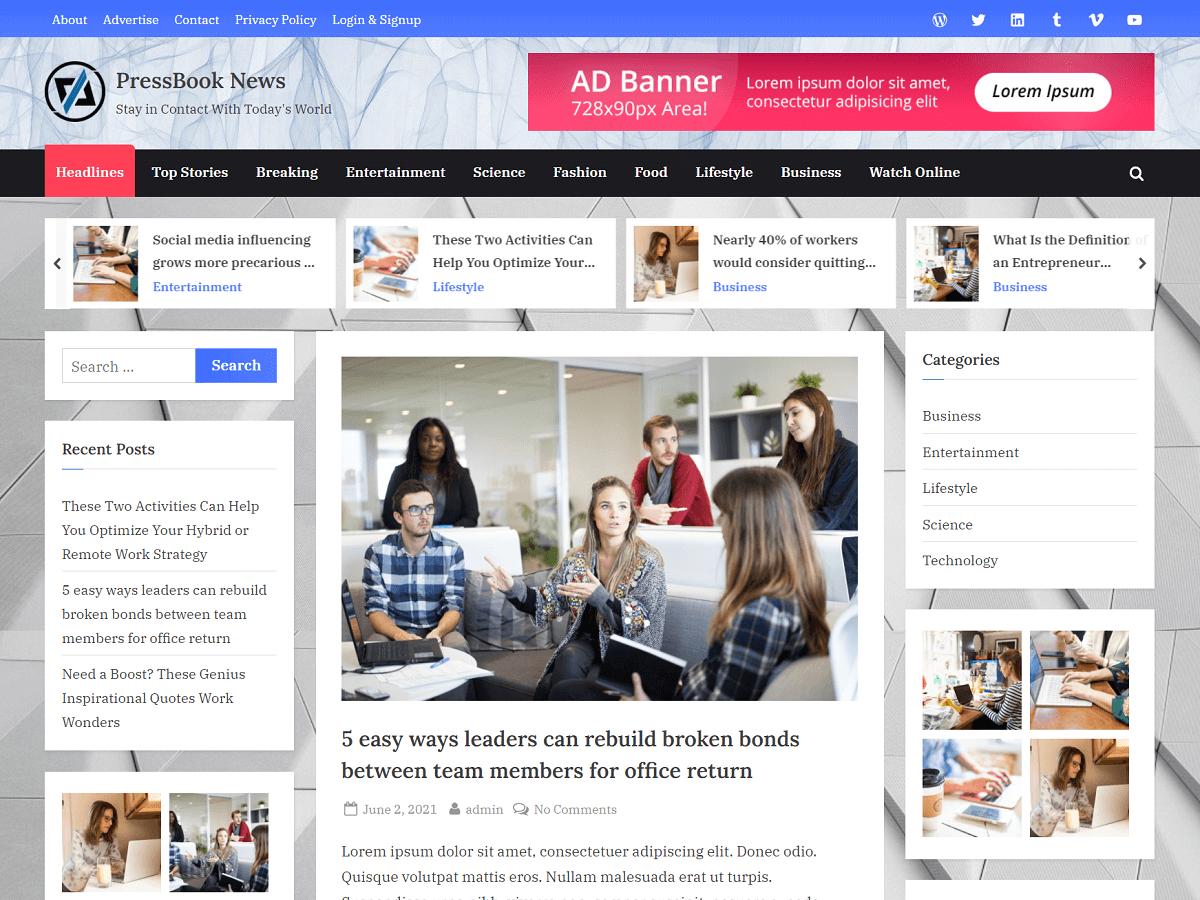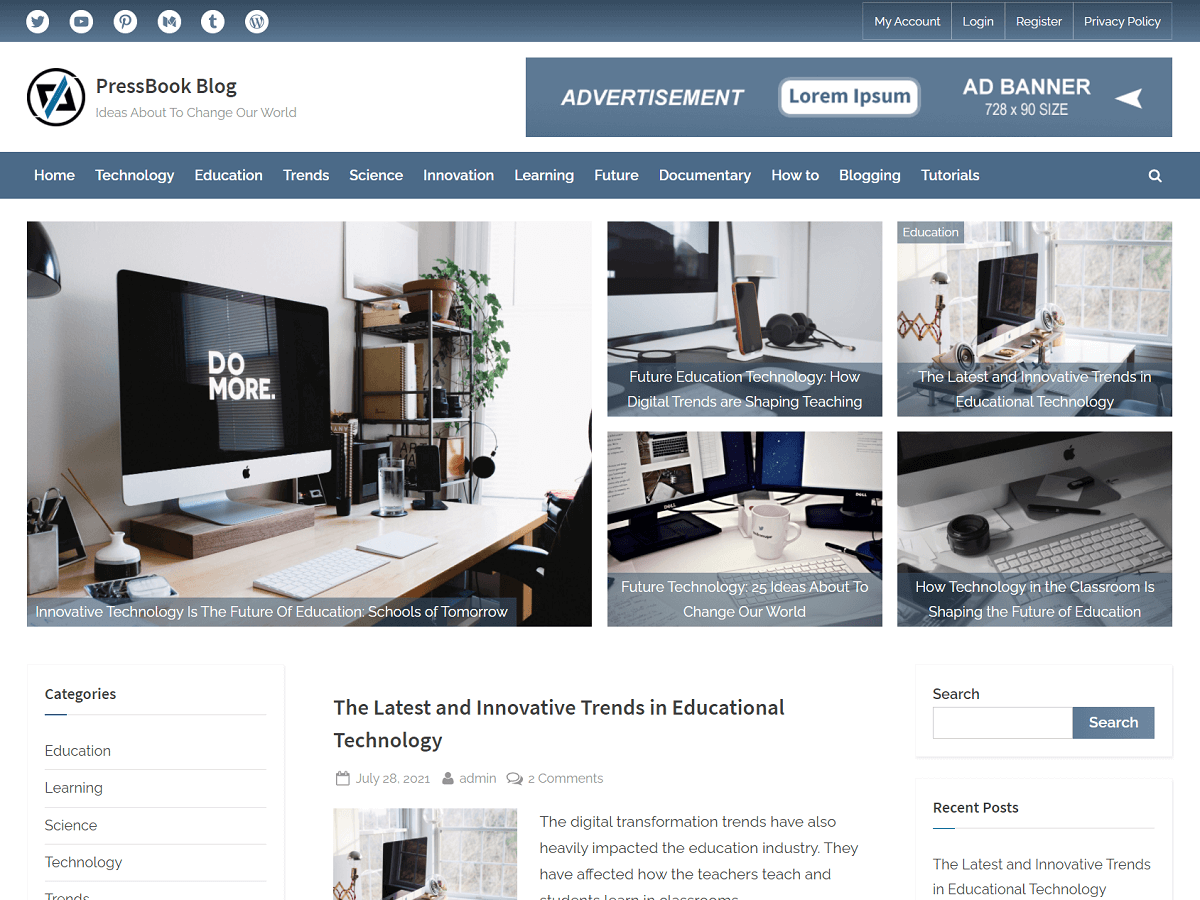Project management software plays an important role in ensuring the successful execution of projects within an organization. It can coordinate tasks, manage resources, streamline workflows, track progress, and improve team communication.
The right project management software can greatly enhance productivity. It can ensure that projects are completed on time and within budget.
Many options for project management are available in the market. It can be challenging to determine the most suitable solution for your business.
In this article, we will explore some of the leading project management software and their key features to help you make an informed decision. Furthermore, we will list several factors to consider when choosing project management software.
List of Project Management Software with Features
Following is the list with details on the best project management software solutions for team collaboration in business. It highlights their features, functionality, and use cases.
Jira
Jira, developed by Atlassian, is a widely adopted and powerful project management solution specifically designed for software development teams. It offers a flexible and customizable platform for managing projects, tracking issues, and facilitating team collaboration.
With Jira, the teams can create and prioritize tasks, manage sprints, and track progress using agile methodologies such as Scrum and Kanban. The flexibility and scalability of Jira make it suitable for various industries and project types.
Key Features of Jira
- Scrum and Kanban boards for agile project management.
- Issue and bug tracking: Jira’s robust issue and bug tracking capabilities allow teams to identify, prioritize, and resolve issues efficiently.
- Roadmaps and reports: Jira provides comprehensive reporting and real-time insights to visualize project progress, track key metrics, and make informed decisions.
- Seamless collaboration with comments, attachments, and real-time updates.
- Robust integration with popular development tools (e.g., Git, Jenkins, etc.) and other Atlassian products (Confluence, Bitbucket, etc.).
- Customization and integration: Jira provides customizable workflows and support for over 3,000+ third-party apps and integrations.
- Atlassian Intelligence for AI-powered assistance.
- Scalability and pricing: Jira is designed to scale which makes it suitable for complex software development projects and large enterprises. It has scalable pricing plans based on the number of users.
Trello
Trello is a simple yet powerful project management tool that utilizes a Kanban-style board approach. It emphasizes visual organization, collaboration, and flexibility.
Its visual approach and simplicity make it an ideal choice for creative teams, such as graphic designers or marketing agencies, where tasks can be easily organized and shared. Its drag-and-drop interface and customizable boards allow for efficient collaboration.
Trello offers a card aging feature that can automatically highlight inactive cards. It helps teams to prioritize tasks and focus on current projects. This feature promotes task visibility and prevents important items from slipping through the cracks.
Key Features of Trello
- Intuitive Kanban boards with lists and cards.
- Customizable workflows and card labels.
- Built-in automation with Butler for streamlining tasks.
- Integration with popular tools like Slack, Jira, and Google Drive.
- Extensive library of templates and Power-Ups (plugins).
- Free and premium pricing options for individuals and teams.
Asana
Asana is a versatile project management solution that focuses on clarity, accountability, and impact at scale. It offers a range of features to connect strategic goals with team workflows and leverage AI-powered automation.
Its strength lies in its ability to adapt to different project management methodologies which makes it suitable for teams of all sizes and industries. For example, a marketing agency can leverage Asana’s project boards and timelines to coordinate content creation, campaign execution, and client deliverables seamlessly.
Key Features of Asana
- Project and task management with multiple views (list, calendar, Gantt, etc.).
- Goal tracking and real-time reporting dashboards.
- Workflow automation with rules and forms.
- Workload management and time tracking capabilities.
- Integration with over 270+ popular apps.
- Asana Intelligence powered by Work Graph for AI-driven insights.
Furthermore, Asana offers portfolio management capabilities that make it an ideal choice for organizations with multiple concurrent projects. It provides a high-level overview, allows teams to dive into project details, and enables effective cross-functional collaboration and resource allocation across various departments or initiatives.
Wrike
Wrike is a powerful and versatile project management solution suitable for teams across various departments and industries. It offers a comprehensive suite of tools for efficient workflow management, collaboration, and resource planning.
Wrike offers a dynamic request forms feature that allows businesses to standardize and automate project intake processes. It makes sure that all relevant information is captured upfront. This streamlines project initiation reduces errors, and accelerates time to delivery.
Key Features of Wrike
- Customizable workflows and task management.
- Interactive Gantt charts and Kanban boards.
- Project resource planning and workload management.
- Automated workflows and request forms.
- Seamless team collaboration and proofing capabilities.
- Robust integration with over 400+ popular apps.
Monday.com
Monday.com is a comprehensive work management platform that offers a wide range of features for project management, team collaboration, and workflow automation. It provides a visual and intuitive interface with a variety of customizable views, which includes Kanban boards, Gantt charts, and calendars.
Key Features of Monday.com
- Customizable project boards and pre-built templates for different use cases.
- Intuitive project planning and scheduling with Gantt charts and timeline views.
- Workflow automation and integration with popular tools and services such as Slack, Dropbox, Zoom, Microsoft Teams, and Excel.
- Real-time reporting and data-driven insights.
- Seamless collaboration and communication tools.
Monday.com’s automation capabilities make it ideal for businesses that need to streamline repetitive processes, such as sales pipeline management or employee onboarding. As an example, Monday.com’s customizable project templates are ideal for HR teams to streamline recruitment processes, track candidate progress, and manage interviews efficiently.
Another example is a consulting firm that can use Monday.com’s customizable views, automation, and collaboration tools to manage client engagements, track billable hours, and deliver projects on time.
ClickUp
ClickUp is a comprehensive project management solution designed to manage any type of work. It can include simple tasks and complex projects.
ClickUp offers a range of project management features that cater to different team needs and workflows. With multiple assignees, comment threads, and shareable screen recordings, collaboration becomes seamless. Teams can visualize their work in various views, including boards, Gantt charts, and calendars, providing flexibility and clarity.
Furthermore, it offers a virtual whiteboard feature that can facilitate real-time collaboration and ideation. The teams can brainstorm, add notes, and bring ideas together on a creative canvas, even when working remotely.
Key Features of ClickUp
- Customizable workspaces: Define task types, naming conventions, and categories tailored to your team’s needs.
- Flexible workflows: Build clear workflows for different processes, such as feature launches and issue tracking, using customizable templates.
- Time tracking: Assess team workload using time estimates and ClickUp’s built-in time tracker for productivity insights.
- Task prioritization: Categorize tasks using five different priority levels to make sure that everyone knows what to work on first.
- Virtual whiteboard: Collaborate, ideate, and visualize concepts with your team in real time, regardless of location.
- Seamless execution: Bridge the gap from ideation to execution by creating ClickUp tasks directly from whiteboards.
- Customizable dashboards: Build mission control centers for projects, surface insights, and gain high-level overviews of your work.
- Agile development support: Manage development sprints, allocate resources efficiently, and monitor team performance within the platform.
Basecamp
Basecamp is a user-friendly project management platform designed specifically for small teams. It offers a streamlined approach to project organization and effective communication. Its focus is on minimalism and ease of use.
Its automatic check-in questions and messaging features can be useful for teams that need to stay up-to-date with project progress and encourage open communication without the complexity of advanced project management features.
Basecamp’s Hill Charts feature can visualize project progress over time. It shows how work moves from “uphill” (initial challenges) to “downhill” (smooth progress). This feature helps teams identify obstacles and track progress. It promotes continuous iteration.
Key Features of Basecamp
- Simple and intuitive dashboard for project overview.
- Centralized messaging system for team discussions.
- Task management with to-do lists and deadlines.
- Message boards and scheduling tools for effective collaboration.
- File storage and sharing capabilities that allow to linking of Google Docs and other cloud files from Dropbox, Figma, and Airtable.
- Discuss files and every file has a complete version history.
- Real-time chat (Campfire) for quick communication.
- Automatic check-in questions for team updates.
- Project scheduling and calendar integration.
Notion
Notion is a versatile workspace that combines note-taking, project management, and team collaboration into a single platform. It aims to streamline complex projects and enhance productivity with its AI-powered tools and customizable features.
Notion’s connected approach allows you to view projects as timelines which provides a bird’s eye view of how different tasks and milestones fit together. This feature enables teams to identify dependencies, resolve bottlenecks, and meet deadlines more effectively.
Key Features of Notion
- Configurable views: Visualize projects in different formats, such as tables, calendars, and boards, making it easy to track specific details and deadlines.
- Customizable workflow: Create custom priority labels, status tags, and more to tailor the workflow to your team’s needs.
- Automation: Streamline tasks like task flows, bug reports, database entries, and document outlines with customizable automation.
- Filtering and sorting: Show only tasks assigned to you, urgent items, or break down complex projects in the most helpful way.
- AI-powered writing which allows you to generate high-quality project documentation faster with AI assistance.
- Customizable AI Autofill to add key results, updates, and more for every project.
- Out-of-the-box workflows for engineering and product teams to groom backlogs, organize sprints, and track bugs.
Notion’s flexibility and comprehensiveness make it a great choice for teams that require a centralized workspace for project management, documentation, and knowledge sharing. For example, a research team can leverage Notion’s databases, wikis, and collaborative writing features to manage projects, store literature reviews, and collaborate on research papers.
Important Factors to Consider When Choosing Project Management Software
There are several important factors to consider when selecting a project management software for your business:
1. Align with Team Needs and Project Requirements
Different businesses have varying degrees of complexity, team sizes, and project scopes. Some teams may require basic task management tools, while others might need advanced features like resource allocation, time tracking, or risk management.
Firstly, you need to identify your team’s needs early on to narrow down your options and find the software that aligns with your project’s demands.
2. User-Friendliness and Ease of Adoption
Secondly, consider the software’s user-friendliness and ease of adoption. A steep learning curve can hinder productivity and lead to resistance from your team.
A project management tool with a simple drag-and-drop interface and clear labeling can offer a great user experience and streamline workflow processes. So, look for software with an intuitive interface, clear navigation, and comprehensive training resources.
For example, tools like Trello and Asana are known for their user-friendly design that can make it easy for teams to get up and running quickly.
3. Collaboration and Communication Capabilities
Thirdly, evaluate the software’s collaboration and communication features. Effective project management requires seamless collaboration among team members, stakeholders, and clients. It should facilitate seamless communication and teamwork among dispersed team members, irrespective of their geographical locations.
Opt for software that offers features like real-time updates, file sharing, commenting, and discussion boards. For instance, imagine a scenario where team members working on a marketing campaign can effortlessly share ideas, provide feedback on design mockups, and collaborate on content creation within the project management platform itself. This can eliminate the need for disjointed communication channels.
4. Integration with Existing Tools and Workflows
Prioritize software that integrates with your existing tools and workflows. Having a seamless integration can save time, reduce data silos, and improve efficiency. Additionally, it would facilitate interoperability and minimize disruptions to established workflows.
For instance, if your team heavily relies on cloud storage services like Google Drive or Dropbox, choose a project management software that integrates with these platforms. It would allow easy file sharing and document management capability.
5. Scalability and Flexibility for Future Growth
Consider the software’s scalability and flexibility. As your business grows, your project management needs may evolve. Therefore, project management software should scale effortlessly to support an increasing number of projects, users, and complexities without compromising performance or usability.
Choose a solution that can accommodate changing requirements, such as adding more users, customizing workflows, or incorporating some advanced features like customizable reporting, advanced analytics, resource management, or portfolio management.
Robust customization options allow you to tailor the platform to your organization’s unique processes, workflows, and preferences. For example, software like Jira and Wrike are known for their scalability and adaptability to diverse project types and team sizes.
6. Pricing and Support Options
Lastly, evaluate the software’s pricing structure to make sure it aligns with your budget constraints. It should deliver significant value for money in terms of features and functionality.
Additionally, consider the availability of customer support, training resources, and community forums. These can be invaluable resources when facing challenges or seeking guidance.
Conclusion
All the listed project management solutions offer unique strengths and features. They cater to different types of businesses and teams. To select the best project management software for your business’s unique needs and objectives, consider factors such as team size, project complexity, industry-specific requirements, integration needs, and budget constraints.
The effectiveness of project management software relies heavily on proper implementation, thorough training, and active participation from team members. Invest time in understanding the software’s capabilities and customize it to your organization’s processes.
Additionally, user-friendliness, collaboration capabilities, and scalability should be taken into account for smooth adoption and long-term success.
We also have a guide on the best team communication software that you may want to check out to boost your team’s productivity.

